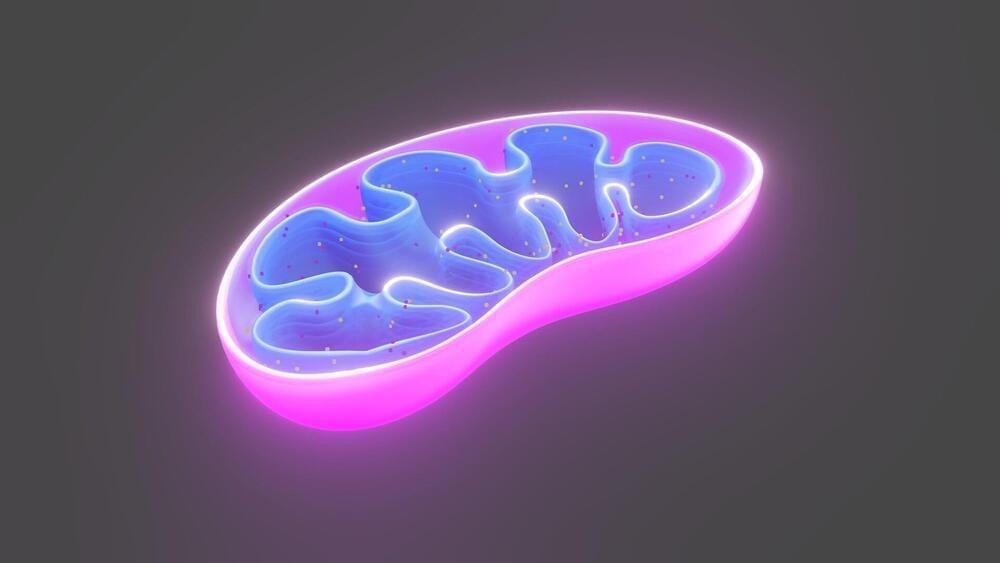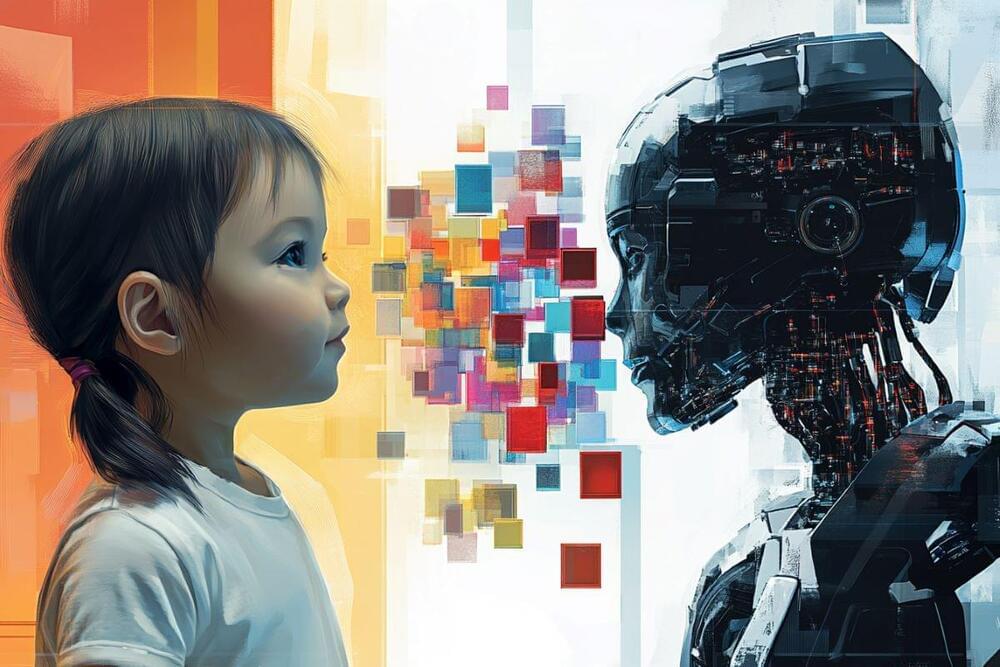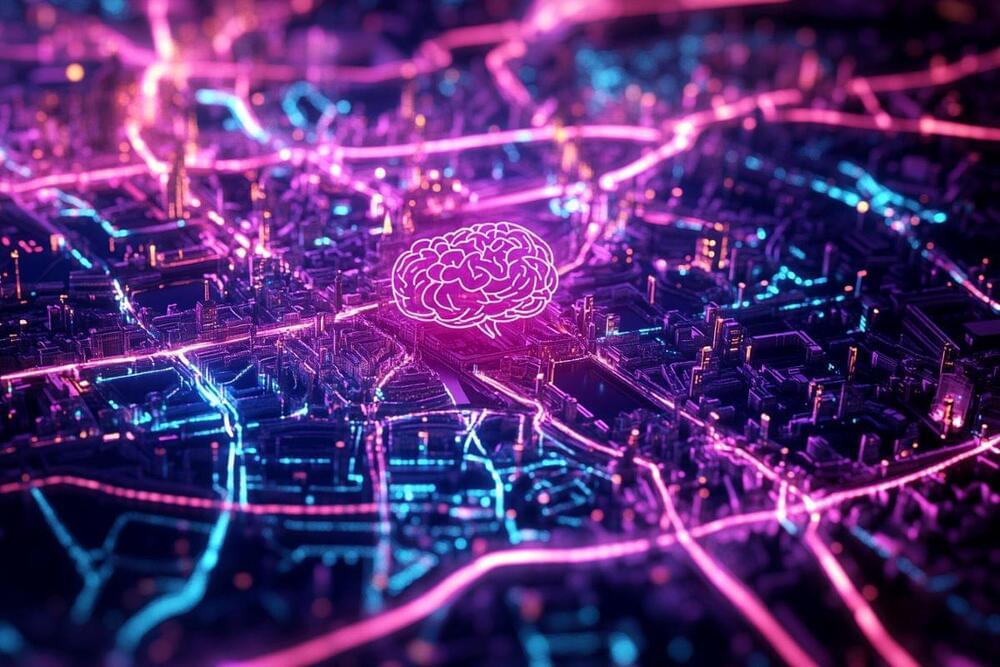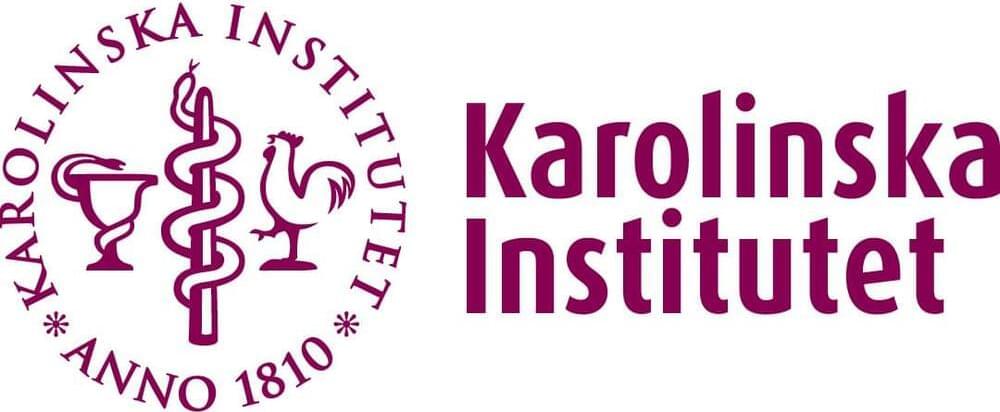Scientists in the laboratory of Navdeep Chandel, Ph.D., the David W. Cugell, MD, Professor of Medicine in the Division of Pulmonary and Critical Care, have discovered how mitochondria influence the body’s immune response through modulating specific cell signaling pathways, according to a study published in Science Advances.
The findings highlight the potential of targeting mitochondrial function specifically in immune cells to treat a range of inflammation-related diseases.
“Therapies aimed at improving mitochondrial activity could benefit inflammatory diseases such as inflammatory bowel disease, sepsis, and chronic infections by enhancing the immune system’s ability to regulate inflammation,” said Chandel, also a professor of Biochemistry and Molecular Genetics and a member of the Robert H. Lurie Comprehensive Cancer Center of Northwestern University.









